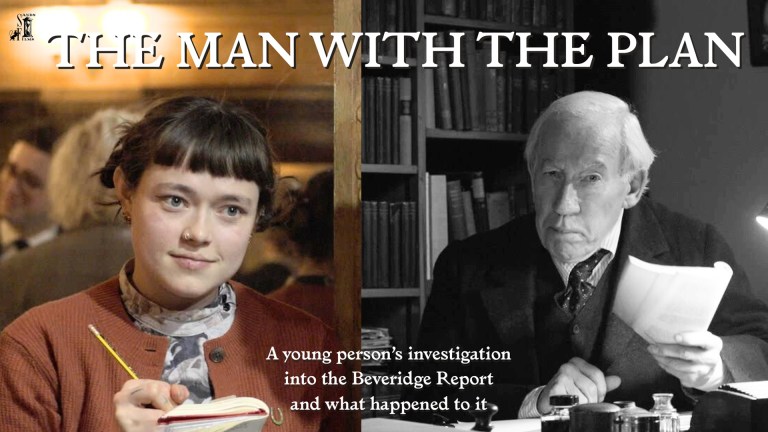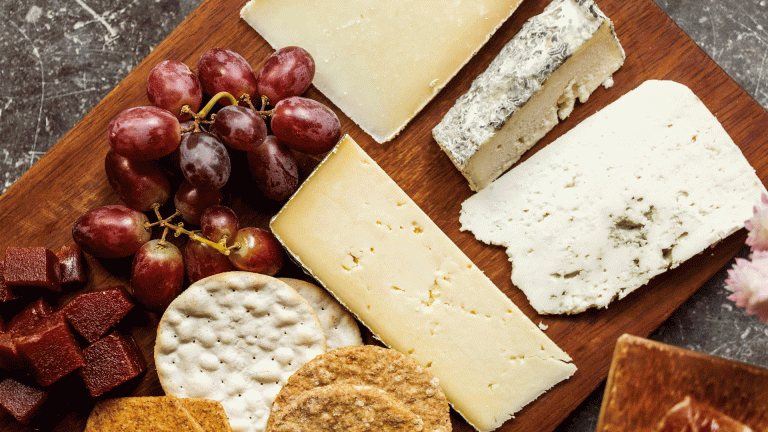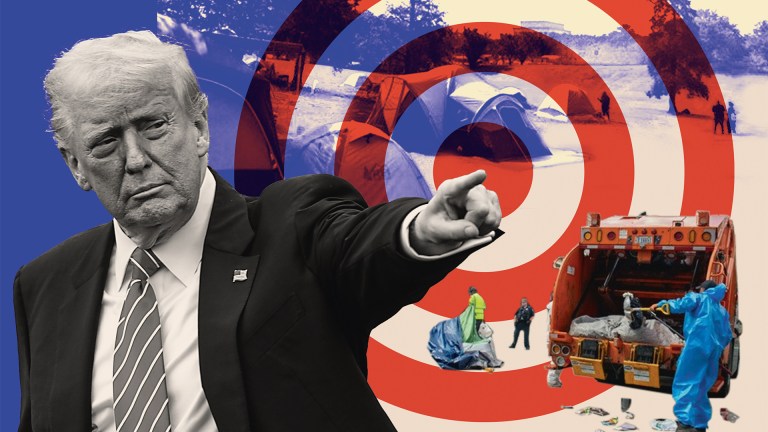Some weeks ago I went to the Tate Modern – that discarded London power station that has become one of the greatest art attractions in the world – to see the Paul Cézanne exhibition. Twenty or so years ago when asked on its opening night what I thought of the place, I could only say that it was vast, as you would expect from a neglected piece of the national grid. And it didn’t set me alight.
I go there reluctantly. It seems as if art has been turned into power. A struggle between galleries and perhaps even artists. The ludicrous prices paid now for art devalue rather than increase its value. That the once simple ‘Tate’, created by money from sugar – one of the worst products to be underpinned by the slave trade – on the banks of the Thames on the site of the old Millbank Penitentiary, has turned into an imperial order. Expanded from its simple presence into today’s multi-headed art power; mimicking the excruciating prices paid for modern art, the modern Tate portfolio turns art into the biggest of big commodities.
No more quiet moments to reflect on Constable and his pleasant and careful dissecting of the appearance of nature. Now its bombastic halls have more in common with the long-lost Battersea Park funfair of my youth, where you went for cheap thrills. Art and display and showing off and garish recognition collide before us; and hordes of people love this orgasmic smack.
But I went to see the modern master called Paul Cézanne, a Provençal banker’s son who was awkward with the brush and careful with the pencil. A large exhibition is to be found on one of the floors of the old power station in rooms full of visitors. Cézanne is revered and worshipped as the man who stumbled in his work, ungainly and lacking facility, and by some whim became a father of modern art.
The current art crescendo, which is more about social and political power and billionairism, owes much to this stumbling painter who painted some of the most appallingly clumsy human figures imaginable. Do not devalue children’s art, ever fresh and real, by calling Cézanne’s attempts childish. This is a man who cannot grasp the form of the human body but makes a stab at it, perhaps more like a banker’s son than an artist.
I might well be made jaundiced, tired by the presence of Cézanne in my lengthy art life. Coming upon Cézanne 60 years ago, I’ve revered him as possibly the greatest artist who comes out of late 19th-century French art, after the Impressionists brought the sense of light and daytime into art itself: mimicking the flimsiness of nature’s appearance in our eye, all light and colour.









